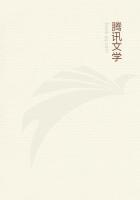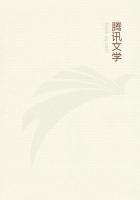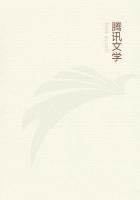(Lilium Philadelphicum) Lily family Flowers - Erect, tawny or red-tinted outside; vermilion, or sometimes reddish orange, and spotted with madder brown within; 1to 5, on separate peduncles, borne at the summit.Perianth of 6distinct, spreading, spatulate segments, each narrowed into a claw, and with a nectar groove at its base; 6 stamens; 1 style, the club-shaped stigma 3-lobed.Stem: 1 to 3 ft.tall, from a bulb composed of narrow, jointed, fleshy scales.Leaves: In whorls of 3's to 8's, lance-shaped, seated at intervals on the stem.
Preferred Habitat - Dry woods, sandy soil, borders, and thickets.
Flowering Season - June-July.
Distribution - Northern border of United States, westward to Ontario, south to the Carolinas and West Virginia.
Erect, as if conscious of its striking beauty, this vivid lily lifts a chalice that suggests a trap for catching sunbeams from fiery old Sol.Defiant of his scorching rays in its dry habitat, it neither nods nor droops even during prolonged drought; and vet many people confuse it with the gracefully pendent, swaying bells of the yellow Canada lily, which will grow in a swamp rather than forego moisture.Li, the Celtic for white, from which the family derived its name, makes this bright-hued flower blush to own it.
Seedmen, who export quantities of our superb native lilies to Europe, supply bulbs so cheap that no one should wait four years for flowers from seed, or go without their splendor in our over-conventional gardens.Why this early lily is radiantly colored and speckled is told in the description of the Canada lily (q.v.).
The WESTERN RED LILY (L.umbellatum), that takes the place of the Philadelphia species from Ohio, Minnesota, and the Northwest Territory, southward to Missouri, Arkansas, and Colorado, lifts similar but smaller red, orange, or yellow flowers on a more slender stem, two feet high or less, set with narrow, linear, alternate leaves, or perhaps the upper ones in whorls.It blooms in June or July, in dry soil, preferably in open, sandy situations.















